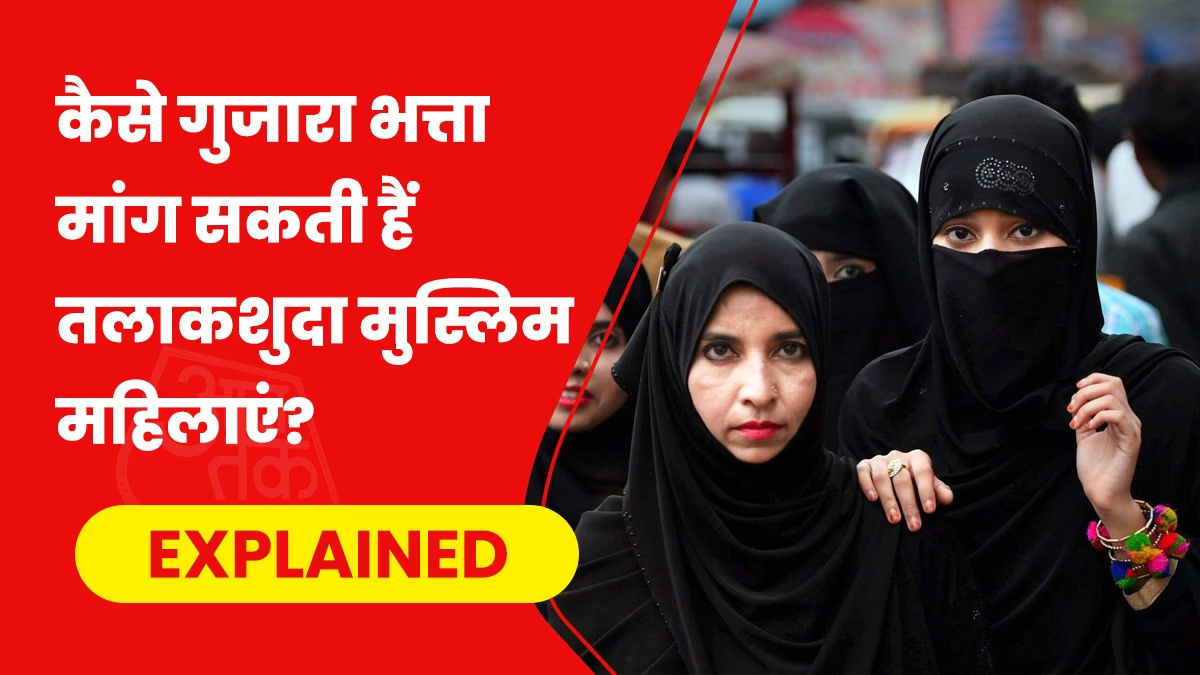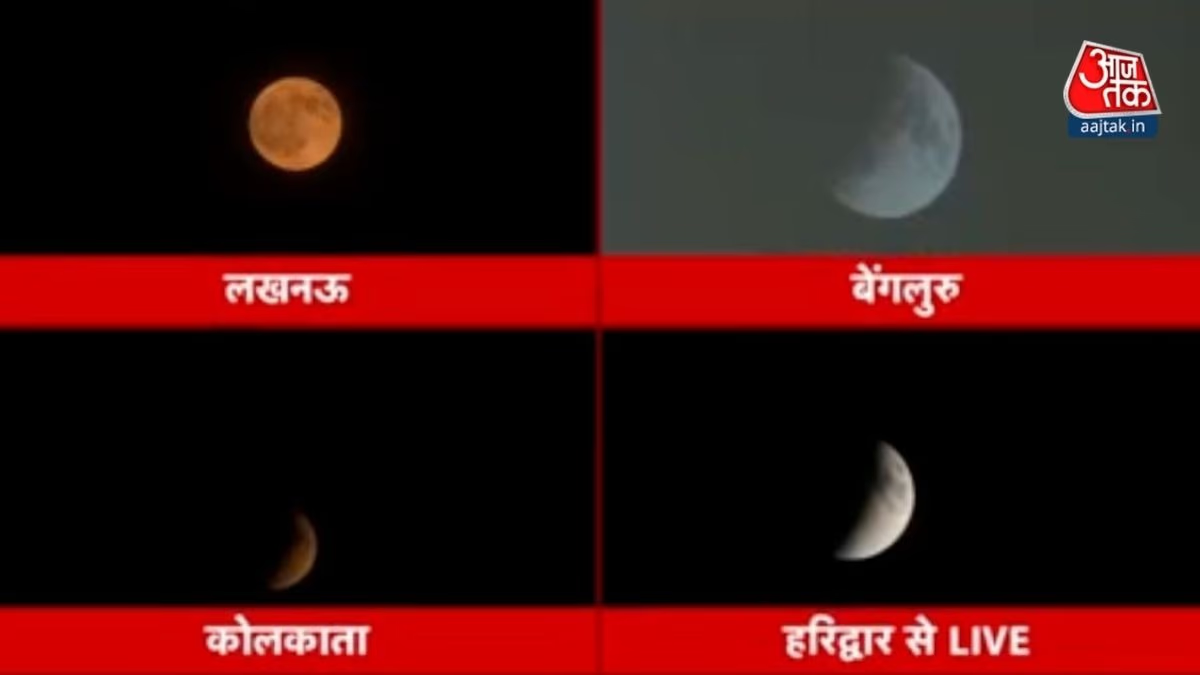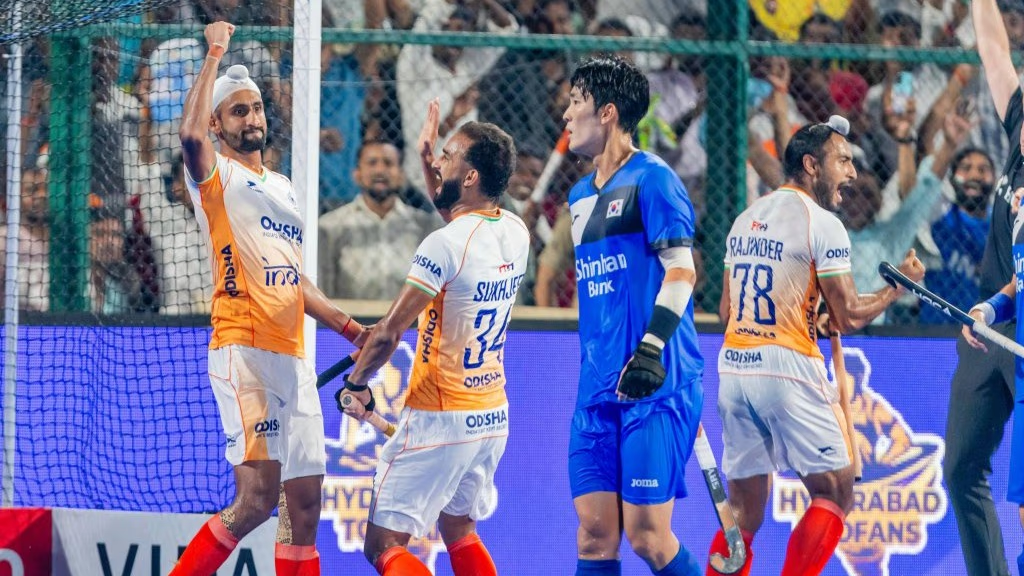On July 10, 2024, the Supreme Court reiterated a decision as important as the one on April 23, 1985, in the Shah Bano case. In its ruling, the Court clarified that a divorced Muslim woman is entitled to seek alimony from her former husband under Section 125 of the CrPC, just as Shah Bano had been entitled.
A bench consisting of Justices B.V. Nagarathna and Augustine George Masih delivered the decision. Both judges issued separate opinions but were united in their conclusions.
In their rulings, the judges stated that a divorced Muslim woman is eligible to file a petition for alimony from her ex-husband under Section 125.
The Supreme Court had previously voiced the same verdict in 1985's Shah Bano case, declaring Section 125 as a secular clause applicable to all women. Subsequently, the then government under Rajiv Gandhi overturned this decision by passing the Muslim Women (Protection of Rights on Divorce) Act in 1986.
Let's delve deep into what this Supreme Court decision truly signifies and why it's being hailed as Shah Bano 2.0, but first, let's understand the details of the original incident behind this landmark case...
From Family Court to the Supreme Court...
The entirety of this case started on November 15, 2012, when a Muslim woman left her husband's home. By 2017, she had filed a case against her husband under Sections 498A and 406 of the IPC, which prompted him to divorce her, ultimately receiving her divorce certificate on September 28, 2017.
It is claimed that the husband offered to pay a monthly alimony of 15,000 rupees during the iddah period after divorce. However, the woman refused, instead approaching the Family Court for alimony under Section 125 of the CrPC. On June 9, 2023, the Family Court ordered the payment of a monthly alimony of 20,000 rupees.
When the husband challenged the Family Court's decision in the Telangana High Court, it upheld the verdict on December 13, 2023, albeit reducing the compensation amount from 20,000 to 10,000 rupees.
The ex-husband took his case to the Supreme Court, asserting that a divorced Muslim woman is not entitled to file a petition for alimony under Section 125 of the CrPC, stating that the 1986 Muslim Women (Protection of Rights on Divorce) Act applies to Muslim women. He also argued that the 1986 law was more beneficial for Muslim women.
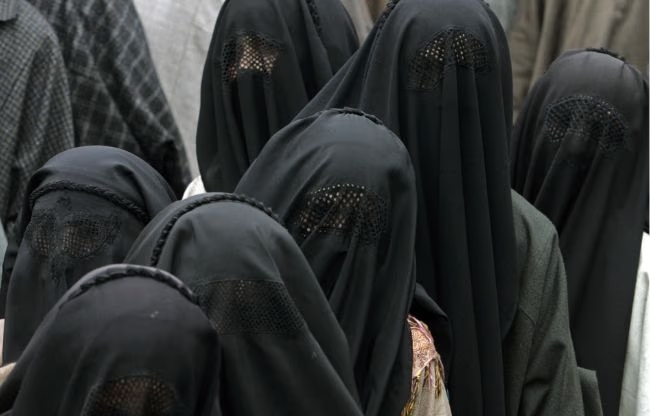
Source: aajtak
What Did the Supreme Court Decide?
In a 99-page ruling, a Supreme Court bench led by Justice B.V. Nagarathna and Justice Augustine George Masih held that a divorced Muslim woman has the right to file a petition for alimony under Section 125 of the CrPC.
The Court underscored that Section 125 of the CrPC applies to all married women, including divorced Muslim women, and pointed out that the provision also extends to women of other religions.
The Court further asserted that if a Muslim woman's marriage or divorce takes place under the Special Marriage Act, Section 125 would apply, and if under Muslim laws, Section 125 as well as provisions from the 1986 Act are applicable. Divorced Muslim women have the option to claim maintenance under either of these laws, or both.
It was also clarified that if a Muslim woman files a petition under Section 125 as well as the provisions of the 1986 law, any order issued in accordance with the provisions of the 1986 Act can be examined under Section 127(3)(b) of the CrPC. This implies that if a Muslim woman has been granted maintenance under personal law, the magistrate may consider that order under Section 127(3)(b).
What the two Justices articulated:
1. Justice Masih:
A divorced Muslim woman can't be prevented from claiming alimony under Section 125 of the CrPC provided she fulfills all conditions. Section 125 is a secular provision and is on par with Section 3 of the 1986 Act.
2. Justice Nagarathna:
The 1986 Act is not an alternative to Section 125, both are for divorced Muslim women. Excluding Muslim women from Section 125 would violate Article 15(1) of the Constitution, which guarantees equality to all citizens.
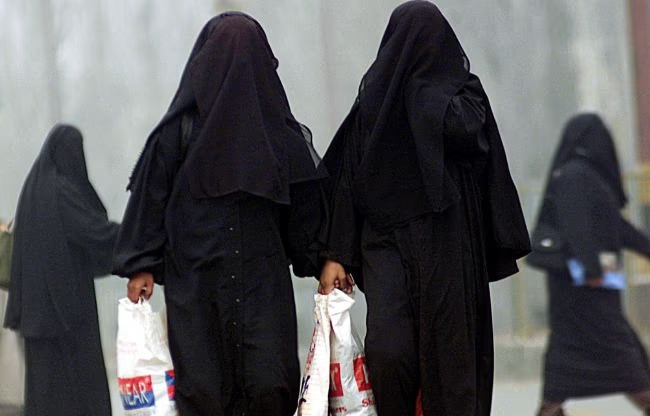
Source: aajtak
What about Women Affected by 'Triple Talaq'?
'Triple talaq' was deemed unconstitutional by the Supreme Court in August 2017. Subsequently, in 2019, the Modi government not only confirmed the practice as unconstitutional but also criminalized it.
In the latest ruling, Justice Nagarathna specified that even if a Muslim woman is divorced via the illegal practice of 'triple talaq', she can still claim maintenance under Section 125 of the CrPC.
She stated that a divorced Muslim woman cannot be excluded from maintenance under Section 125 of the CrPC, regardless of the law under which she was divorced. There must not be any inequality in granting of maintenance on the basis of the law under which a woman is divorced.
Understanding Section 125 of the CrPC:
Section 125 of the CrPC lays down provisions for maintenance of wives, children, and parents. The new law called the Indian Civil Security Code (BNSS) has incorporated this provision in Section 144.
This clause states that no man can refuse to provide maintenance to his wife, children, and parents in the event of separation. It includes legitimate but also illegitimate children. The section details that if a wife, children, or parents are unable to sustain themselves, then the man is required to provide them with maintenance, the amount of which will be determined by the magistrate.
The wife is entitled to maintenance either if she is divorced or if her husband divorces her, and this is to continue until she remarries.
The clause also contains a provision that if a wife, without any just cause, refuses to live with her husband or resides with another man or if the couple mutually agrees to separate, then she forfeits her right to maintenance.
Why is This Considered Shah Bano 2.0?
On April 23, 1985, the Supreme Court in the Shah Bano case issued a profound judgment. Shah Bano, a resident of Indore, had been given 'triple talaq' by her husband. The Court determined that Shah Bano was eligible for alimony under Section 125 of the CrPC.
On July 10, 2024, a two-judge bench of the Supreme Court reaffirmed that a divorced Muslim woman is entitled to claim alimony under Section 125 of the CrPC.
The 1985 decision also held that a Muslim woman has the right to refuse to live with her husband upon his second marriage.
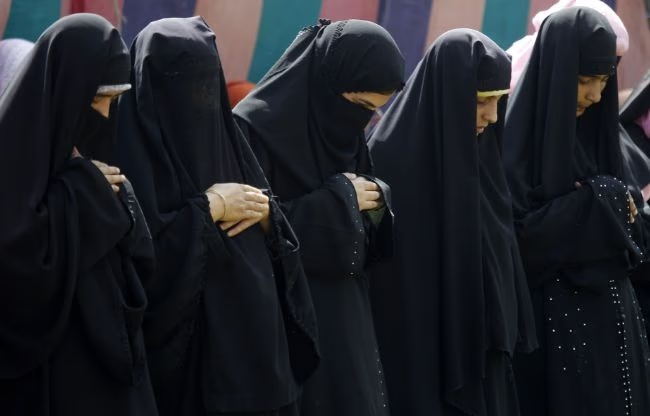
Source: aajtak
What Was the 1986 Act?
The political atmosphere across the country heated up post Shah Bano case judgment. Muslim clerics and the Personal Law Board strongly opposed the verdict.
Eventually, in May 1986, the then Rajiv Gandhi government passed the Muslim Women (Protection of Rights on Divorce) Act, overriding the Supreme Court's decision.
Section 3 of the 1986 Act dealt with maintenance for divorced Muslim women. It states that a divorced Muslim woman is entitled to maintenance from her former husband only during the iddah period, which lasts for three months. It also specifies that if the woman is incapable of maintaining herself after the divorce, she can receive maintenance for two years if she has child custody.
However, two years following the Shah Bano verdict, the Supreme Court cleared that a divorced Muslim woman is entitled to seek maintenance beyond the iddah period until she remarries, in yet another ruling.
Moreover, in 2001, a lawyer named Daniel Latifi challenged the validity of the 1986 law in the Supreme Court. Upholding the law's validity, the Court explained that the 1986 Act is not limited to granting maintenance during the iddah period only.
Finally, What Exactly is Iddah?
Iddah is an Islamic tradition that a Muslim woman must follow in case of a divorce or the demise of her husband.
During the iddah period, a divorced woman is prohibited from remarrying. If a pregnant woman divorces or becomes a widow, the iddah period ends upon the birth of the child.
After the death of a husband, the iddah lasts for four months and ten days, whereas after divorce, it is a period of three months and ten days.
